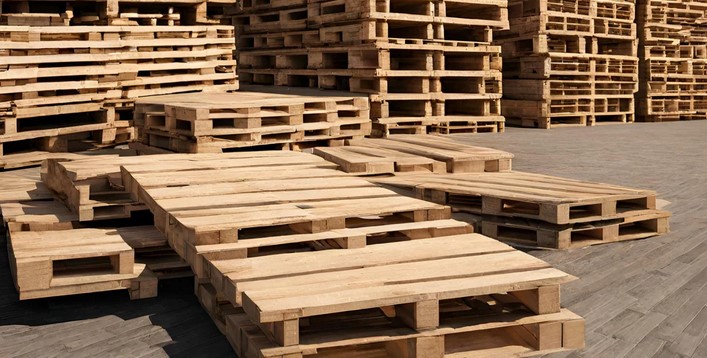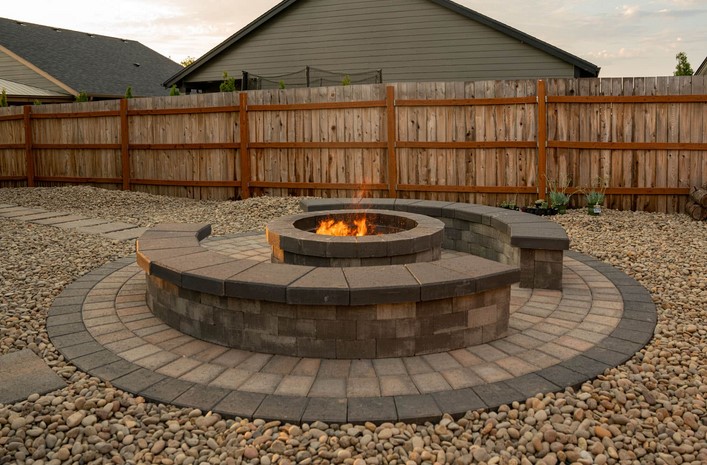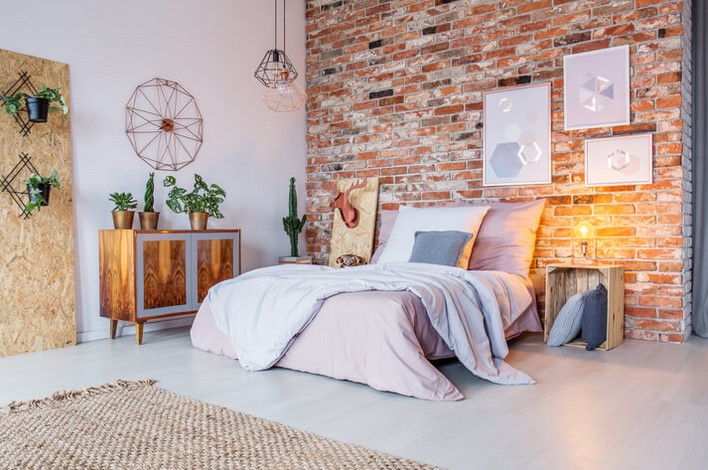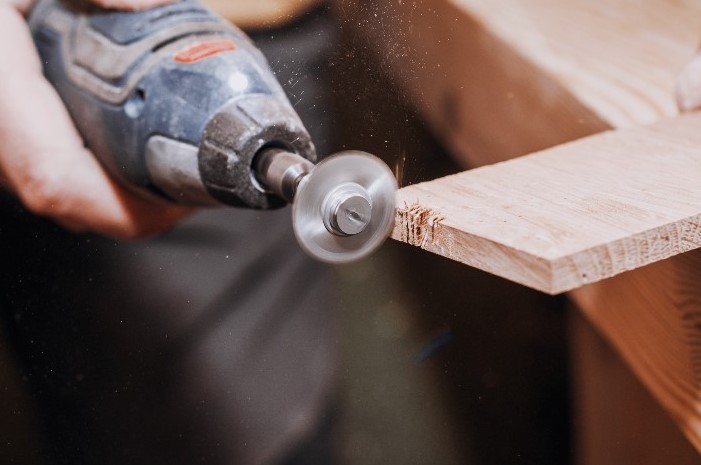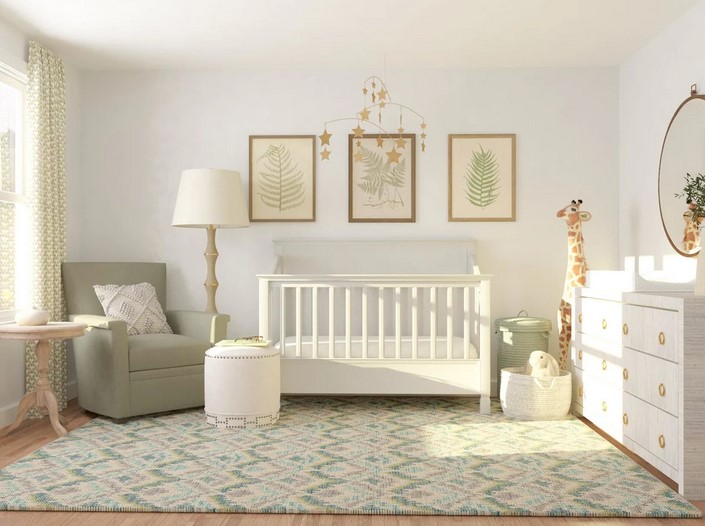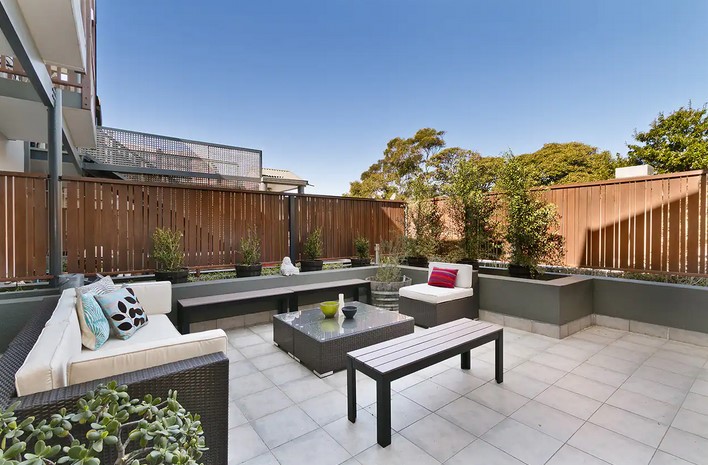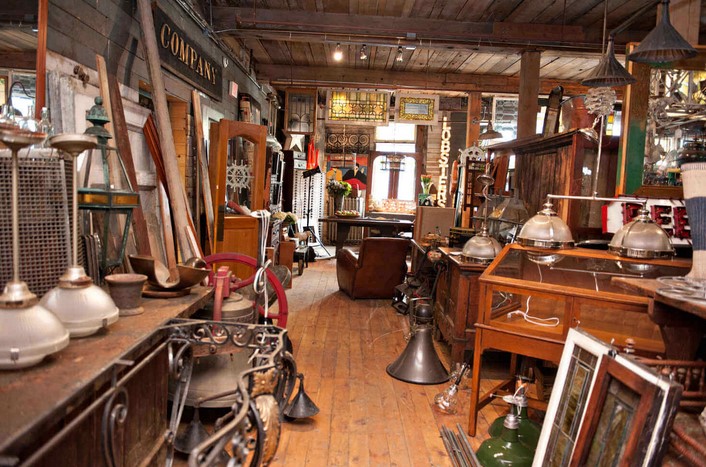
In the world of architecture and interior design, the growing trend of using sustainable and eco-friendly materials is transforming the way homes and commercial spaces are constructed and decorated. One such innovative approach is the use of architectural salvage materials. These reclaimed pieces from old buildings, bridges, and historical structures offer a wealth of character, charm, and history, while also providing a unique opportunity for environmentally-conscious design. In this article, we will explore the advantages of incorporating architectural salvage materials into your projects, how to select the right materials, and creative ways to use them in your home or business.
1. The Benefits of Using Architectural Salvage Materials
Architectural salvage materials provide several benefits that can enhance the appeal and sustainability of your design. From environmental advantages to aesthetic value, reclaimed materials are becoming an increasingly popular choice for both designers and homeowners.
Sustainability and Environmental Impact
One of the most compelling reasons to use architectural salvage materials is their positive environmental impact. By repurposing old materials, you’re contributing to the reduction of waste that would otherwise end up in landfills. The extraction and production of new building materials often involve significant energy consumption and resource depletion, whereas salvaged materials have already been processed and used, giving them a second life.
Using reclaimed wood, metal, stone, and other materials helps preserve natural resources, reduces energy use, and cuts down on the carbon footprint of a project. Many people who prioritize sustainability in their designs find that architectural salvage materials align perfectly with their values.
Unique Aesthetic Appeal
One of the primary reasons to choose architectural salvage materials is their unique aesthetic value. These materials often possess distinct patinas, textures, and colors that can’t be replicated with new, mass-produced materials. Whether it’s weathered wood, aged brick, or vintage wrought iron, reclaimed materials bring a sense of character and history that can add depth and interest to any design.
Each piece tells a story, whether it’s an old door that once graced a grand mansion or antique windows salvaged from a historical building. These materials allow you to add a layer of individuality and authenticity to your designs that new, commercially available materials simply can’t match.
Cost-Effectiveness
While some architectural salvage materials can be pricey due to their historical significance or rarity, many reclaimed materials can be far more affordable than new equivalents, especially when purchased from salvage yards, auctions, or direct-from-source vendors. Many older buildings or factories deconstruct their structures to make room for new developments, and the materials they discard can often be purchased for a fraction of the cost of new building products.
With some creative thinking, homeowners and designers can often source high-quality materials at a lower cost, making architectural salvage materials an excellent way to stay within budget without compromising on style.
2. How to Choose the Right Architectural Salvage Materials
Choosing the right architectural salvage materials is essential to ensuring that your project not only looks stunning but also functions properly and lasts for years to come. Here are some key considerations to keep in mind when sourcing and selecting reclaimed materials.
Condition and Quality
When selecting architectural salvage materials, it’s crucial to assess their condition carefully. While many materials will have signs of age and wear, they should still be structurally sound and usable. For example, salvaged wood may have knots, cracks, or nail holes, but it should still be sturdy enough to be reused in furniture, flooring, or accent walls. Similarly, metal fixtures or architectural elements should be checked for rust or structural weaknesses before being repurposed.
If you’re unsure about the quality of a material, seek expert advice from a contractor or a supplier specializing in architectural salvage. Many salvage yards can also provide guidance on how to restore materials to their former glory.
Compatibility with Existing Design Elements
When integrating architectural salvage materials into a design, it’s important to ensure they complement the existing style of the space. Reclaimed materials can be used to enhance various design themes, from rustic farmhouse aesthetics to industrial chic or even contemporary minimalist designs. The key is to balance the old with the new in a way that feels cohesive and thoughtfully curated.
For example, if you’re designing a modern kitchen, consider using salvaged wood as an accent material in cabinetry or countertops to create warmth and contrast against sleek, polished finishes. In an industrial-style loft, reclaimed metal beams and vintage light fixtures can help enhance the raw, unfinished feel of the space.
Sourcing and Budgeting
Architectural salvage materials can often be found in a variety of places, from dedicated salvage yards to online marketplaces and estate sales. Many cities also have architectural salvage stores that specialize in sourcing and selling reclaimed materials from demolished buildings or deconstructed homes.
While purchasing reclaimed materials can be cost-effective, keep in mind that sourcing the right pieces can take time and effort. It’s worth doing some research and visiting multiple sources to find the exact materials that suit your design and budget. If you’re working with a tight budget, consider starting with smaller elements, such as reclaimed doors, light fixtures, or hardware, and then gradually incorporate larger items like flooring or structural materials as you find them.
3. Creative Ways to Use Architectural Salvage Materials
Once you’ve selected the architectural salvage materials for your project, the next step is to creatively incorporate them into your design. Here are a few ideas to help spark your imagination and get you thinking about how to use reclaimed materials in unexpected and innovative ways.
Salvaged Wood for Flooring and Wall Treatments
Reclaimed wood is one of the most popular architectural salvage materials due to its versatility, durability, and aesthetic appeal. It can be used in a variety of ways, from flooring to accent walls, ceilings, and even furniture. The rich textures and character marks found in salvaged wood make it an excellent choice for creating statement pieces in any room.
For example, old barn wood can be repurposed to create a rustic floor in a country-style home, while reclaimed oak or walnut might be used for sleek, modern paneling in a living room or hallway. If you’re interested in creating a dramatic effect, consider using salvaged wood to design a feature wall with varying shades and patterns.
Vintage Windows and Doors as Design Features
Salvaged windows and doors can be used as striking design features in various ways. For example, vintage windows with original glass can be repurposed into partitions, letting light filter through while maintaining privacy. Old wooden doors can be transformed into functional items like barn doors or room dividers, or even used as decorative elements in a home office or hallway.
If you’re looking for a way to add a rustic touch to a modern bathroom, consider using a salvaged door as a vanity, or cut it down to create a unique mirror frame. The possibilities are limited only by your imagination and the materials you have on hand.
Incorporating Reclaimed Metals and Stone
Salvaged metals, such as wrought iron, steel, and copper, can add industrial or vintage flair to your design. These materials can be used for custom railings, light fixtures, or furniture legs. Reclaimed brick or stone, on the other hand, can be used to create a feature wall, fireplace surround, or outdoor patio, adding texture and historical character to the space.
For example, reclaimed bricks from a 19th-century building could be used to create a rustic fireplace in a modern living room, or old metal grates could be turned into custom light fixtures that bring a touch of history and artistry to a dining room or entryway.
Architectural salvage materials are a fantastic way to bring a sense of history, character, and sustainability into your designs. From wood to metal, stone to glass, these reclaimed materials offer unique textures and narratives that can elevate any space, whether residential or commercial. By carefully selecting and incorporating architectural salvage materials, you not only create a distinctive design but also contribute to reducing waste and promoting eco-friendly building practices. So, if you’re looking for a way to make your next project stand out, consider using architectural salvage materials to create a truly one-of-a-kind space that is as stylish as it is sustainable.


